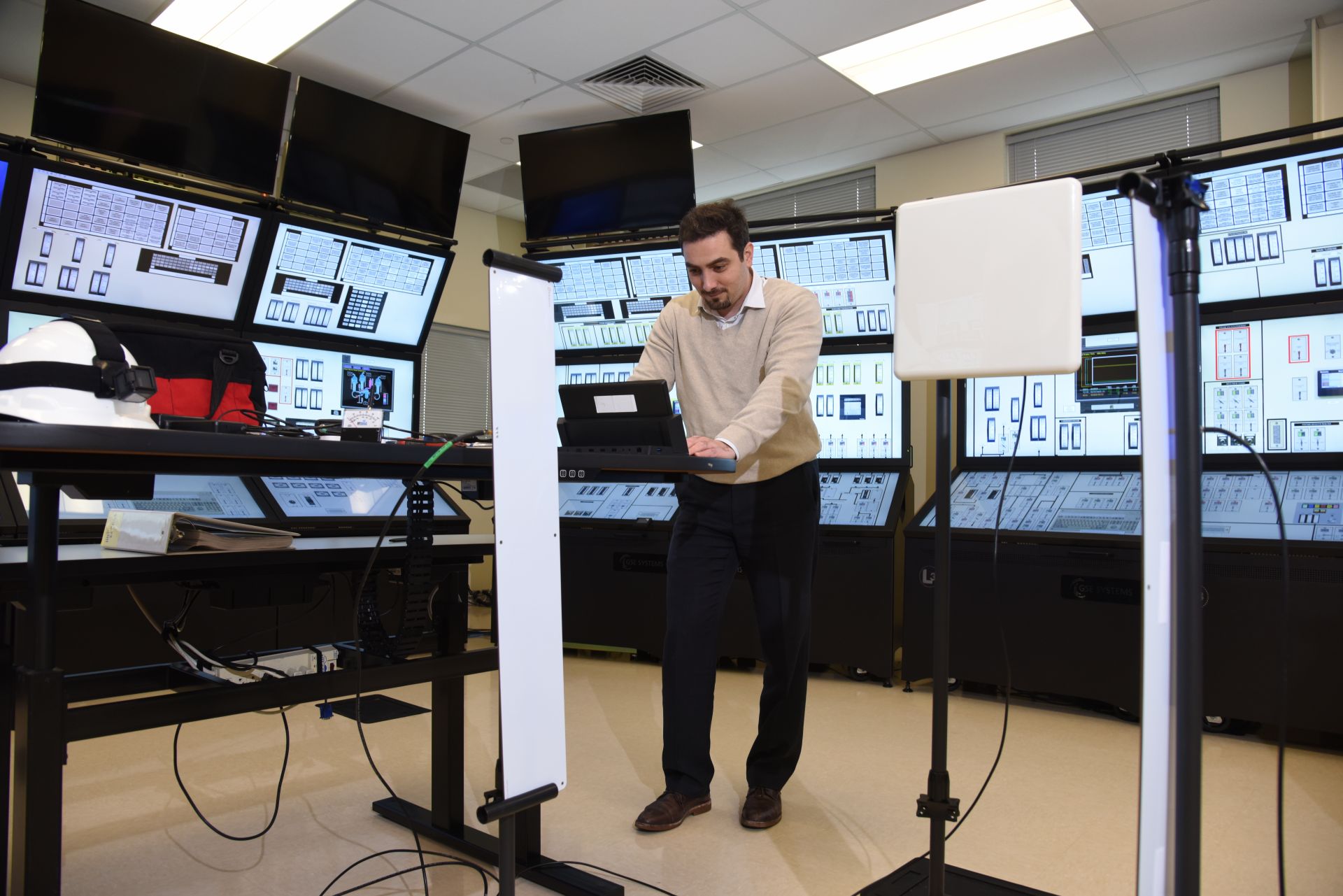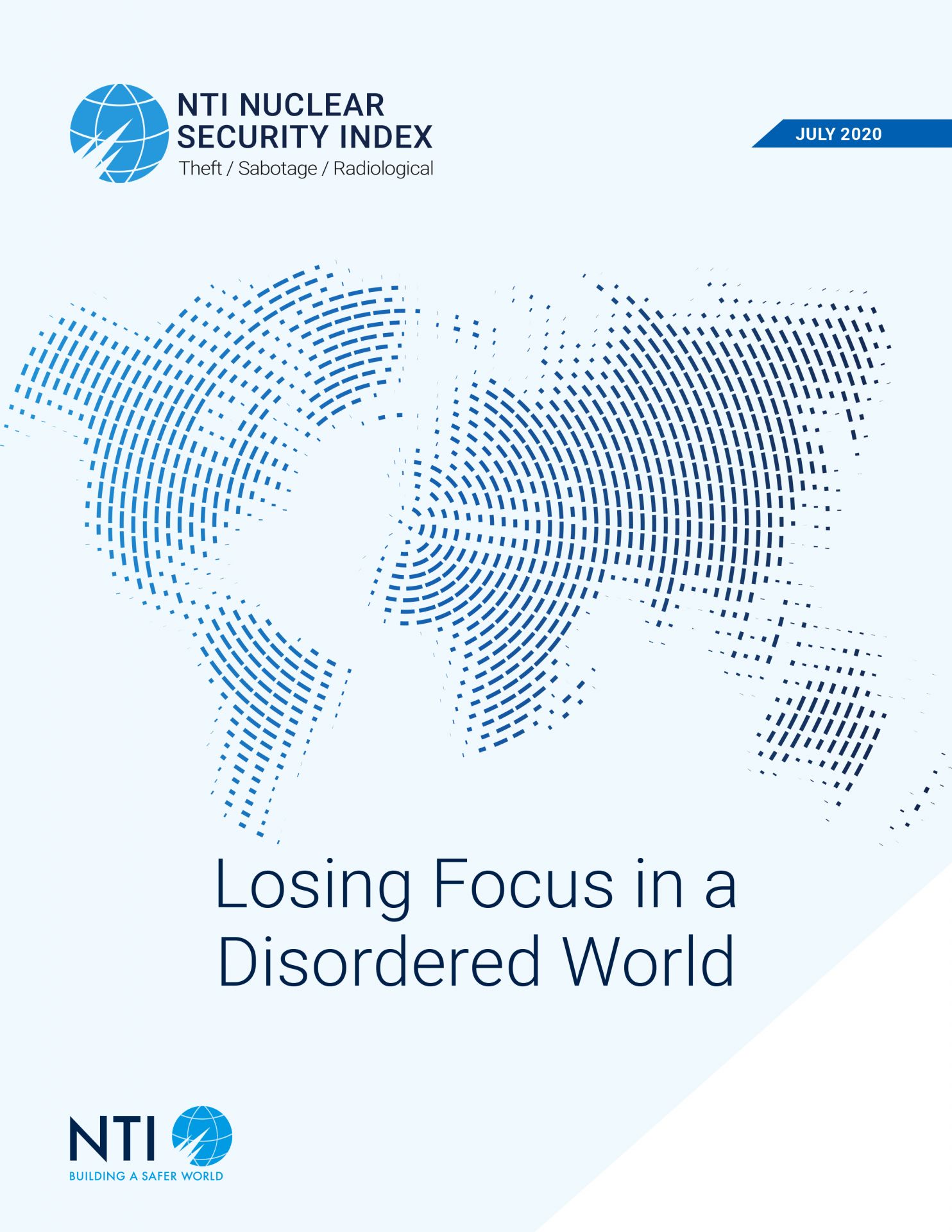The U.S. Department of Energy’s Light Water Reactor Sustainability Program, led by Idaho National Laboratory, works closely with utilities to improve outage efficiencies and enable nuclear to go “toe-to-toe economically” with other energy sources.

Working in INL’s Human Systems Simulation Laboratory, senior R&D scientist Ahmed Al Rashdan co-developed the Advanced Remote Monitoring project for the LWRS Program.
There are numerous similarities between auto racing pit crews and the people in the nuclear power industry who get us through outages: Pace. Efficiency. Diagnostics. Teamwork. Skill. And safety above all else.
To Paul Hunton, a research scientist at Idaho National Laboratory, the keys to successfully navigating a nuclear plant outage are planning and preparation. “When you go into an outage, you are ready,” Hunton said. “You need to manage outage time. You want to avoid adding delays to the scheduled outage work because if you do, it can add a couple million dollars to the cost.”
Hunton was the principal investigator for the September 2019 report Addressing Nuclear Instrumentation and Control (I&C) Modernization Through Application of Techniques Employed in Other Industries, produced for the U.S. Department of Energy’s Light Water Reactor Sustainability (LWRS) Program, led by INL. Hunton drew on his experience outside the nuclear industry, including a decade at Newport News Shipbuilding.













